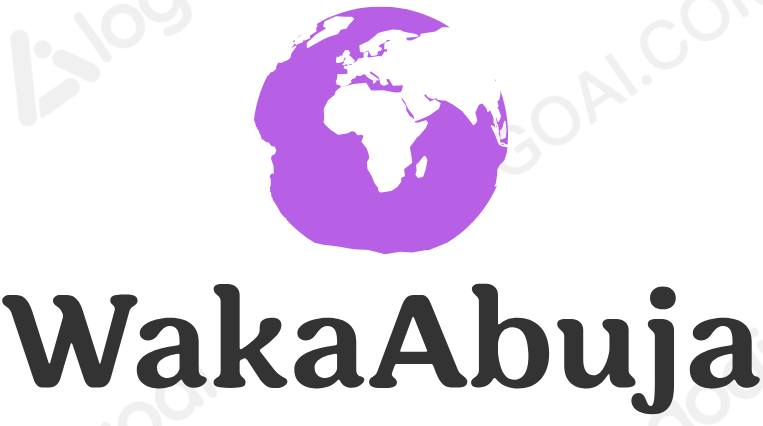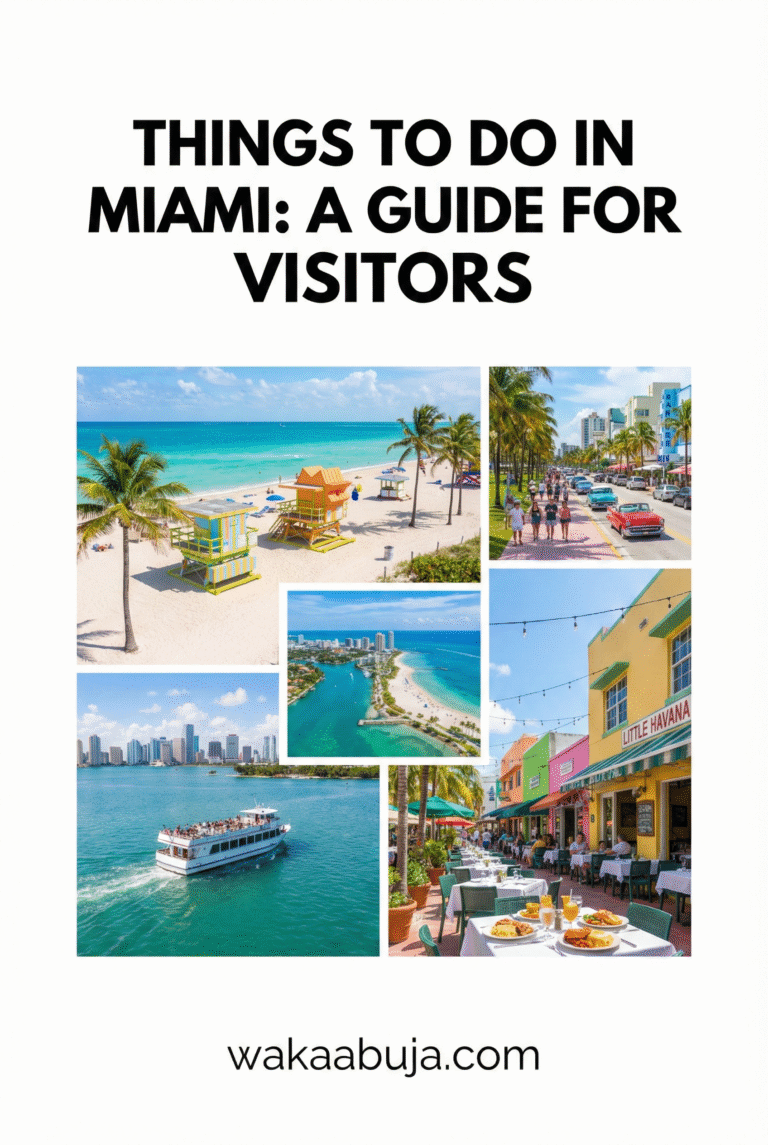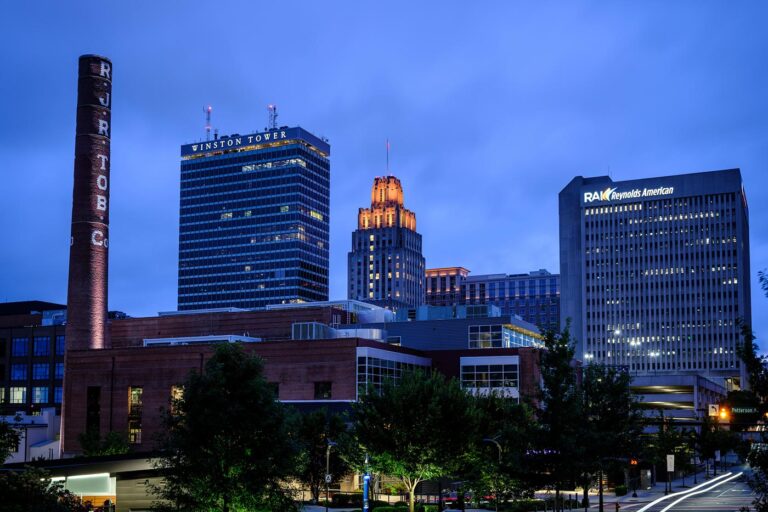TL;DR—Quick Guide to Busan
Busan, South Korea’s vibrant coastal city, offers stunning beaches like Haeundae and Gwangalli, serene temples such as Haedong Yonggung, bustling markets including Jagalchi Fish Market, and rich cultural experiences. Ideal to visit between May and October for the best weather, Busan combines modern infrastructure with traditional charm. Stay in Seomyeon or Haeundae for easy access to nightlife and beaches.
Use the extensive subway and bus system to get around efficiently. Budget around $70–$120/day for a comfortable trip, with plenty of money-saving tips included. This guide shares insider tips, safety advice, and must-see spots to make your Busan trip unforgettable.
Why Busan? A Local’s Perspective on South Korea’s Coastal Gem
Having visited Busan multiple times over 11 years living in Korea, I can confidently say this city is a unique blend of natural beauty, cultural heritage, and modern vibrancy.
Unlike Seoul’s urban sprawl, Busan offers refreshing seaside escapes alongside bustling city life. From breathtaking beaches with soft sands to ancient Buddhist temples nestled in mountains, Busan caters to all traveler types. The city’s infrastructure is modern and tourist-friendly, with English widely spoken in key areas, making it accessible for international visitors.
Best Time to Visit Busan & How to Get There
When to Go: The ideal time to visit is late spring through early autumn (May to October), when the weather is warm, beaches are lively, and festivals abound. Summer is peak beach season, but expect crowds at Haeundae and Gwangalli.
Getting There: Fly into Gimhae International Airport (PUS), well-connected to Busan’s city center via metro and buses. Alternatively, high-speed KTX trains from Seoul arrive at Busan Station, perfect for travelers preferring rail. Busan’s port also offers ferry connections to Japan and nearby islands.
Where to Stay: Neighborhoods That Suit Every Traveler
Seomyeon—Central & Vibrant
Best for nightlife lovers and first-timers. Central location with easy subway access, shopping malls, and restaurants. Expect lively streets and convenient transport links.
Haeundae—Beachfront & Relaxed
Perfect for beach enthusiasts. Close to Busan’s most famous beach, upscale hotels, and cafes. Ideal for summer visits and easy access to coastal attractions.
Nampo-dong—Markets & Culture
Great for shoppers and foodies. Near Jagalchi Fish Market, BIFF Square, and traditional street food stalls. Offers a glimpse of Busan’s vibrant market life.
Top Attractions & Things to Do in Busan
1. Beaches: Haeundae & Gwangalli
Haeundae Beach is Busan’s iconic stretch of white sand, perfect for sunbathing, swimming, and vibrant nightlife. Gwangalli Beach offers a more relaxed vibe with stunning views of the illuminated Gwangan Bridge at night. Both beaches have nearby cafes and seafood restaurants.
2. Temples: Haedong Yonggungsa & Beomeosa
Haedong Yonggungsa Temple is a rare seaside Buddhist temple with breathtaking ocean views, ideal for peaceful reflection and photography. Beomeosa Temple, located on Geumjeongsan Mountain, offers a serene hike and insight into Korea’s Buddhist heritage.
3. Markets: Jagalchi Fish Market & Gukje Market
Jagalchi is Korea’s largest seafood market, where you can sample fresh sashimi and live seafood. Nearby Gukje Market is perfect for souvenirs, street food, and experiencing local hustle.
4. Cultural Gems: Gamcheon Culture Village
This colorful hillside village is transformed into an open-air art gallery with vibrant murals, quirky cafes, and artisan shops. It’s a must-see for art lovers and photographers.
5. Modern Attractions: Busan Cinema Centre & Centum City
Visit the Busan Cinema Centre, home of the Busan International Film Festival, for its striking architecture. Centum City hosts Shinsegae, the world’s largest department store, with shopping, dining, and entertainment options.
How to Get Around Busan Efficiently
Busan boasts an extensive subway system connecting major neighborhoods and attractions. Buses complement the subway for areas not covered by rail. Taxis are affordable and widely available.
For beach areas and markets, walking is often the best way to soak in the atmosphere. Consider purchasing a T-money card for seamless payment across public transport.
Typical Costs & Suggested Budget for Busan Travel
Accommodation
Budget hostels: $15–$30/night
Mid-range hotels: $50–$90/night
Luxury hotels: $120+
Food
Street food/snacks: $3–$7
Casual dining: $8–$15
Seafood restaurants: $20–$40
Transport
Subway/bus rides: $1–$2 each
Taxis start at ~$3 plus distance
T-money card deposit: $3
A comfortable daily budget including accommodation, meals, and transport is around $70–$120, depending on your style of travel.
Money-Saving Tips & Pro Insights
- Use the T-money card for discounted and convenient public transport fares.
- Eat at local markets like Jagalchi and Gukje for fresh, affordable meals.
- Book accommodation early, especially in summer, to secure better rates.
- Visit free attractions like Gamcheon Culture Village and Yongdusan Park.
- Consider purchasing combined attraction passes if planning multiple visits.
Safety Tips for Travelers in Busan
Busan is generally very safe for tourists. Standard precautions apply: keep an eye on your belongings in crowded markets, avoid poorly lit areas at night, and follow local health guidelines. Emergency services are reliable, and English-speaking staff are available at major hospitals and tourist centers.
Recommended Length of Stay & Suggested Tours
A 3- to 5-day stay allows you to comfortably explore Busan’s highlights without rushing. Popular guided tours include:
- Busan city cultural and historical tour (temples, markets, and cultural villages)
- Beach and coastal nature tours (Haeundae, Taejongdae Park, and Yonggungsa Temple)
- Food tours focusing on seafood and street food markets
- Day trips to nearby Tongyeong or Gyeongju for extended exploration
Interactive Map: Key Busan Attractions & Transport Links
Frequently Asked Questions About Busan Travel
What is the best way to get from Gimhae Airport to downtown Busan?
Take the metro from Gimhae International Airport Station directly to Busan Station or other central locations. The ride takes about 40 minutes and costs around $2.
Are beaches in Busan safe for swimming?
Yes, beaches like Haeundae and Gwangalli have lifeguards during peak seasons and are safe for swimming. Always follow local safety signs and weather advisories.
Can I use credit cards everywhere in Busan?
Credit cards are widely accepted in hotels, restaurants, and shops in tourist areas, but small markets and street vendors may prefer cash. It’s advisable to carry some Korean won.
Is English commonly spoken in Busan?
English is commonly spoken in major tourist spots, hotels, and transport hubs, but less so in local markets and rural areas. Having a translation app can be helpful.
What emergency numbers should I know in Busan?
Dial 112 for police and 119 for fire and medical emergencies. Many hospitals have English-speaking staff. The tourist police can be reached at 1330.
Final Pro Tip from a Local
Don’t just stick to the popular spots—take a morning hike up Geumjeongsan Mountain to Beomeosa Temple for a peaceful start to your day, then reward yourself with fresh seafood at Jagalchi Market. Busan’s charm lies in its blend of nature, culture, and urban life, so explore beyond the beaches to truly feel the city’s heartbeat.




